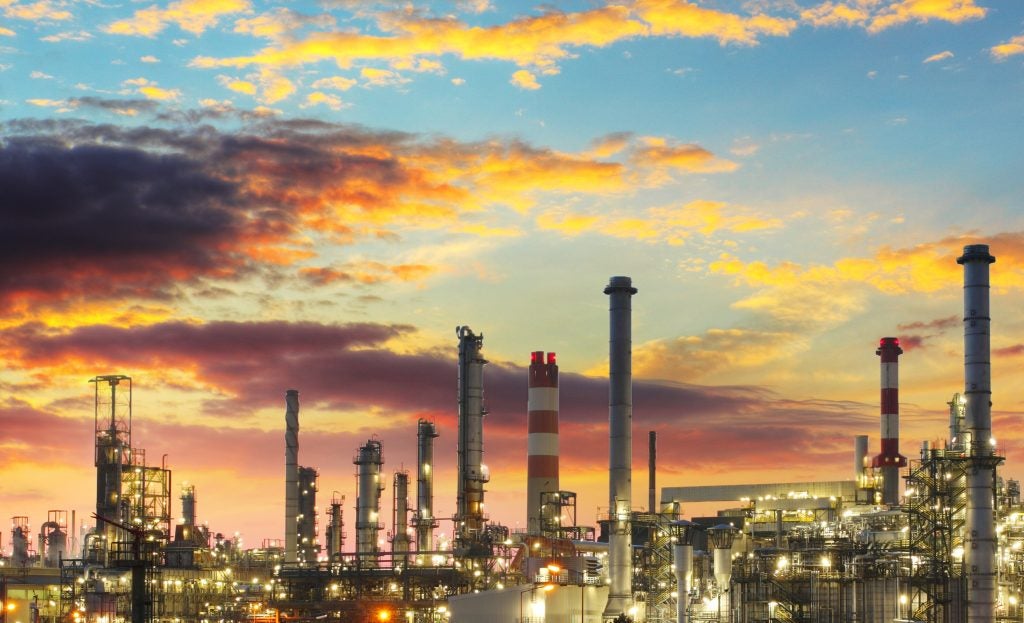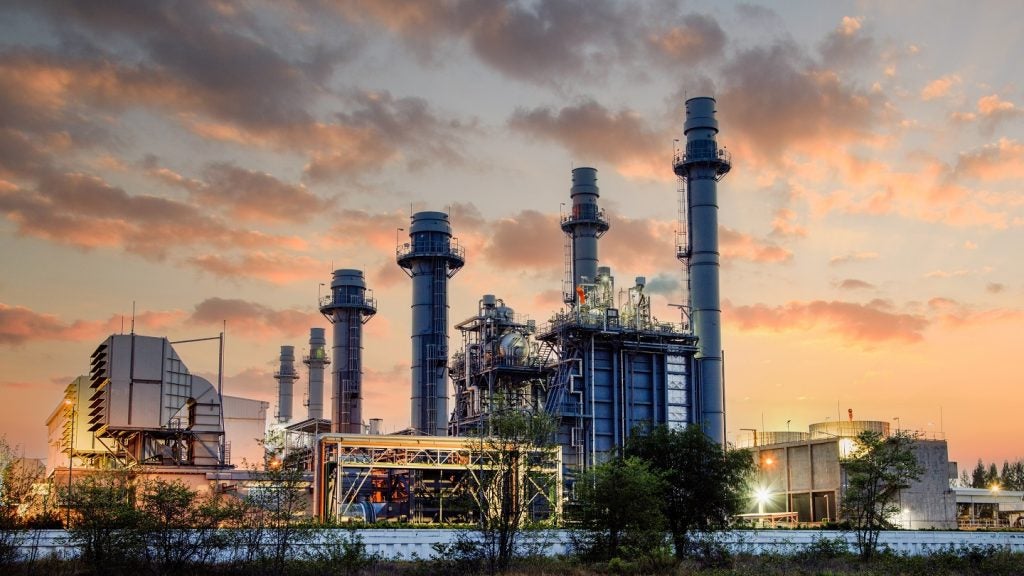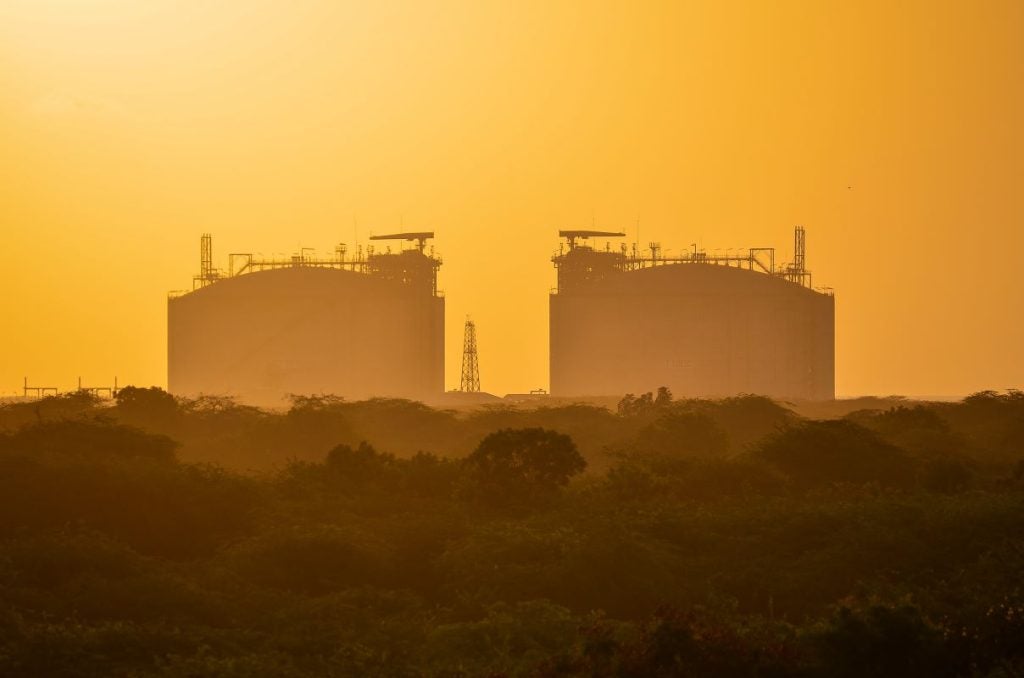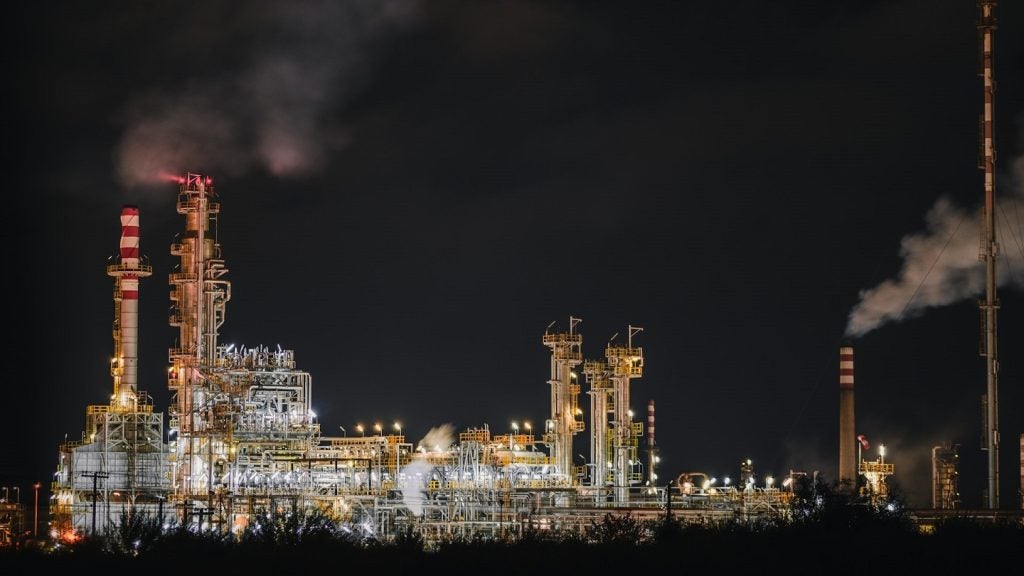State Company for Oil Projects will operate the upcoming Nasiriyah I liquids storage terminal, located in Dhi Qar, Iraq. According to GlobalData, who tracks more than 5,000 active and developing liquids storage terminals worldwide, the liquids storage terminal will be owned by State Company for Oil Projects and is expected to start operations in 2024. Buy the profile here.
Expected to be operational in 2024, the terminal will primarily store crude oil and will have pipeline and road access.
Contractors involved in the Nasiriyah I liquid storage terminal
Some of the key contractors for the Nasiriyah I storage terminal include the following.
Main EPC: China National Petroleum.
About State Company for Oil Projects
State Company for Oil Projects (SCOP) is a project management company. Its services include basic and detailed designing, materials supplying, machineries supplying, executes projects management, and conducts pipeline tank and welding work inspections. The company also provides project management, construction supervision, and follow up, coordinating, planning, documentation, administrative, and financial services. SCOP offers project designing services, central department services, oil and gas field development, and loading terminal construction services, among others. The company provides its services oil and gas sector across Iraq. SCOP is headquartered in Baghdad, Iraq.
For more details on the Nasiriyah I liquid storage terminal, buy the profile here.
Data Insights
From

The gold standard of business intelligence.
Blending expert knowledge with cutting-edge technology, GlobalData’s unrivalled proprietary data will enable you to decode what’s happening in your market. You can make better informed decisions and gain a future-proof advantage over your competitors.







